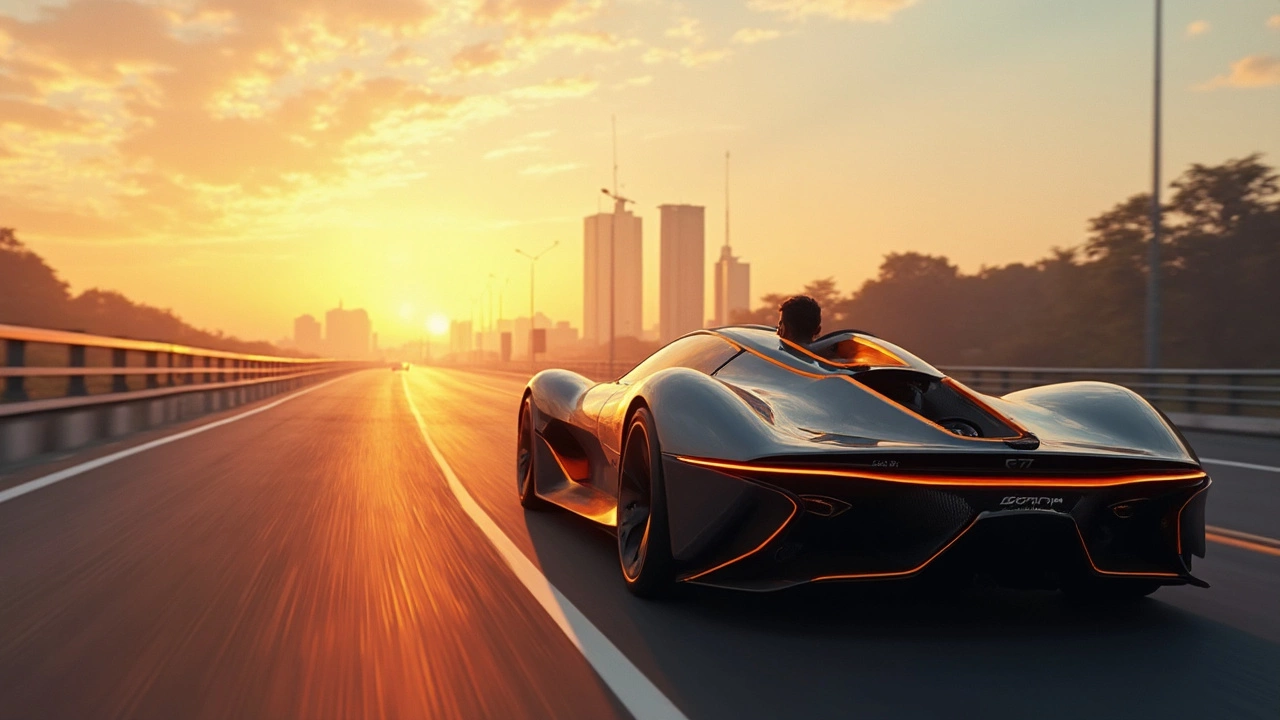- Which Country Leads the Electronics Industry? A 2025 Comparative Guide Oct 9, 2025
- Top Steel Producers: Finding the Best Quality Worldwide Feb 19, 2025
- Highest Earning Businesses in a Day: Where the Biggest Daily Profits Happen Jul 13, 2025
- Diverse Fields of Food Processing: Key Sectors and Innovations Explained Aug 3, 2025
- Most Profitable Manufacturing Businesses in the USA 2025 Oct 19, 2025
Indian Automotive Industry: What’s Driving the Boom?
If you’re curious about why India’s roads are filling up with more cars every day, you’re in the right spot. The Indian automotive industry isn’t just about scooters and three‑wheelers anymore – it’s a high‑tech, export‑focused sector that’s reshaping the country’s economy.
In 2024, India produced over 25 million vehicles, and the number is set to climb as new factories open and the government rolls out incentives for electric models. The growth isn’t just about volume; it’s about variety. From compact hatchbacks to luxury SUVs and home‑grown electric cars, manufacturers are targeting every segment.
Key Players and Home‑Grown Brands
When you think of cars made in India, names like Maruti Suzuki, Tata Motors and Mahindra instantly pop up. These companies dominate the domestic market, but foreign giants such as Hyundai, Kia and Volkswagen have also set up large plants, attracted by cheap labor and a growing middle class.
Our post “Top Car Brands Manufactured in India: The Complete 2025 Guide” breaks down the exact lineup – from the tiny Tata Tiago to the massive Hyundai Creta. It even lists export figures, showing how Indian-made cars are hitting markets in Africa, the Middle East and Latin America.
Challenges and Opportunities Ahead
Even with fast growth, the industry faces real hurdles. Logistics costs, a shortage of skilled technicians and the need for newer, greener technologies keep CEOs on their toes. The recent article “Why Manufacturing Isn’t Growing in India (2025)” dives into the root causes – high freight rates, credit gaps for MSMEs and uneven policy implementation.
On the flip side, government schemes like the Production‑Linked Incentive (PLI) for electric vehicles are nudging manufacturers toward cleaner tech. Companies that can tap into domestic battery production and set up charging infrastructure stand to win big.
Another angle worth watching is India’s export potential. “India's Top Exported Cars” reveals that models like the Suzuki Baleno and Hyundai i20 are already popular abroad, thanks to competitive pricing and solid build quality.
If you’re an investor, supplier or a job‑seeker, the takeaway is simple: the Indian automotive space is a mix of rapid expansion and evolving challenges. Stay updated on policy shifts, watch the rise of electric models, and keep an eye on how local firms collaborate with global partners.
Bottom line – whether you’re buying a car, looking for a job or planning a business move, understanding the forces shaping the Indian automotive industry will give you a real edge. Keep reading our tag page for fresh posts, data‑driven insights and practical tips that cut through the hype.
India's Super Car: The Story Behind the Fastest Machines on Indian Roads
- Aarav Sekhar
- Apr 30, 2025
India’s journey with supercars isn’t just about importing Ferraris and Lamborghinis. This article digs into what really counts as an Indian supercar, who’s building them, and how India is finding its identity in the world of high-speed luxury cars. Expect cool facts, the real history, and insider tips on what it takes for a car to earn the “supercar” badge in India. The story isn’t just about technology—it’s about stubborn ambition, proud milestones, and surprising twists. Find out which cars actually deserve the title of 'India's super car' and why they're more important than most people think.
